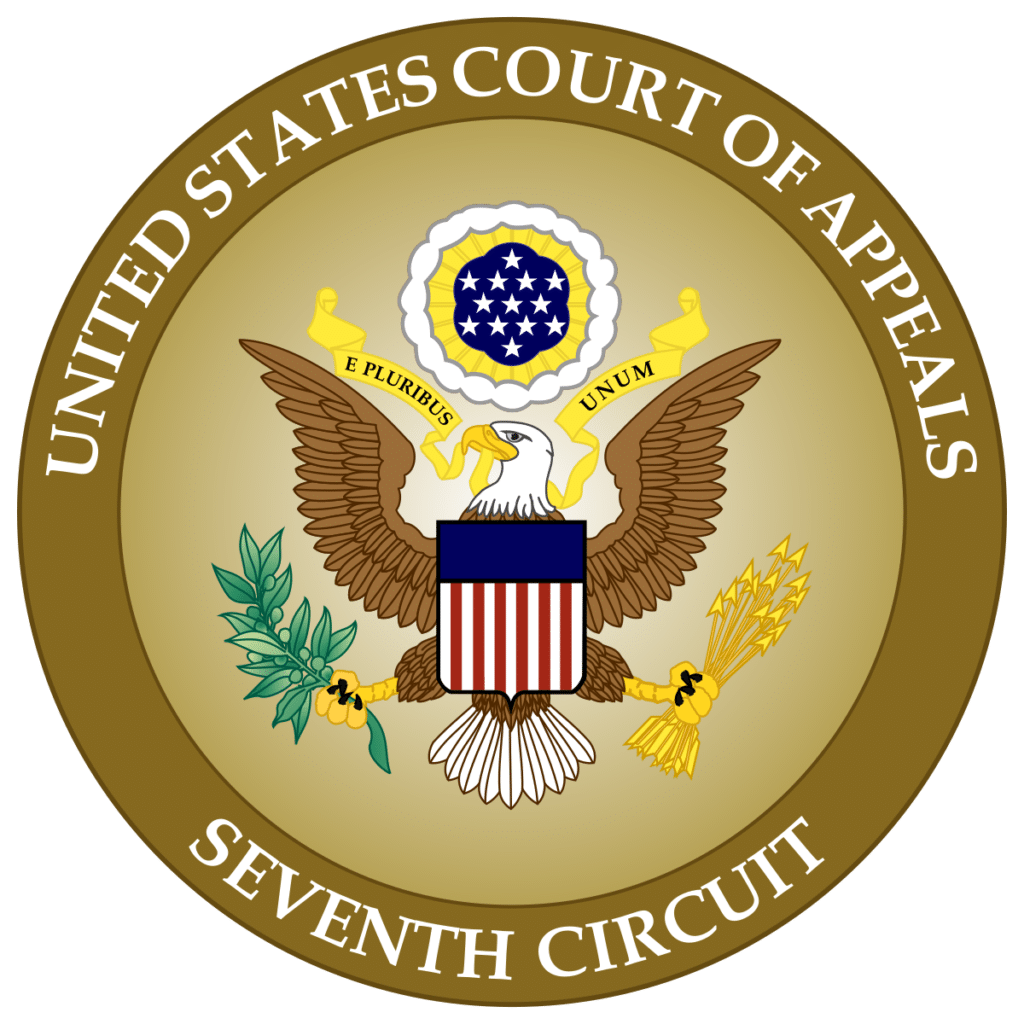
An Appellant’s brief is the backbone of the appeal. While there is a lot of work to reach the point of briefing, this document tells the story of the case and analyzes where the Appellant believes the trial court committed reversible error. In other words, given ample time for research, writing, and revision, a brief synthesizes and harmonizes the complex facts and procedural history of the case to tell the client’s story of the case and show under the controlling law how and where the court erred.
There are three (3) common briefs filed with the Indiana Court of Appeals in most civil or criminal appeals. The first is the Appellant’s Brief, which can be thirty (30) pages or fourteen thousand (14,000) words in length, whichever is longer. The second is the Appellee’s Brief, which may also be thirty (30) pages in length or up to fourteen (14,000) thousand words in length, again, whichever is longer. Typically, word count allows the brief to exceed thirty (30) pages. The third, is an Appellant’s Reply Brief, which can be fifteen (15) pages or 7,000 words, whichever is greater. The Appellant has thirty (30) days from the filing of the transcript to research, draft, complete and file his/her/its brief unless extended by the Court of Appeals.
The Appellant’s and Appellee’s Briefs have the same appellate brief content requirements and must follow the Indiana Rules of Appellate Procedure and citation method contained in the Bluebook. The Reply Brief has different requirements and merely replies to the Appellee’s Brief’s argument. To be properly written, any brief needs several revisions until the right harmonization of the facts and law are attained. Ciyou & Dixon, P.C. appellate attorneys believe the best writing is re-writing. The actual contents of the Appellant’s Brief are set forth and explained as follows:
Table of Contents: The table of contents sets out what is in the Appellate Brief and its corresponding page numbers. It must include the headings and subheadings used in the briefing in order to allow the Court of Appeals to precisely point to where, what, is located in the Appellant’s Brief.
Table of Authorities: The table of authorities sets forth all the state and federal statutes, rules, regulations, and other materials relied upon throughout the brief. These may range from a specific statute, such as the criminal code, to a dictionary definition.
Statement of the Issue(s): The statement of the issue(s) is critical and begins to frame what is to come. A good statement of the issue applies the law to the facts of the particular case in such a way so as to reveal the error made in the trial court; this will be developed in the argument section of the Appellant’s Brief.
Statement of the Case: This is a simple section relaying the nature of the case, such as whether it is a criminal appeal, interlocutory appeal or civil appeal. This is followed by the legal path the case took to reach the claimed erroneous final order now on appeal.
Statement of the Facts: The statement of the facts sets forth the facts relevant to the issues on review and challenged on appeal. If there are multiple issues, this section of the Appellant’s Brief may be lengthy. However, if the issue is narrow and turns on a question of law, this section may be quite short, particularly if the necessary facts are apparent and set out in the prior Statement of the Case. Critically, these facts must be cited to from the record (the transcript, trial exhibits, or appendix) and must be accurate and not argumentative. In addition, the facts cannot be just quoting of witness testimony.
Summary of the Argument: This portion of the appellate brief is normally not more than a page or two in most cases. The summary of the argument sets out in a systematic way the facts and law and how and why the trial court made an error. In essence, it is the Argument in a distilled version.
Argument: The argument section will account for the lion’s share of the Appellant’s Brief. The traditional way an argument is structured is reduced to a common acronym: Issue Rule of law Analysis and Conclusion (or “IRAC”). So, the legal issue is first set forth. This is followed by the controlling and ruling laws applicable to the issue. With this, there is an analysis of the facts and law to show how the trial court reached its erroneous ruling. The argument for the issue concludes with what relief the Appellant seeks under the law, such as reversal and what the Appellant would like the Court of Appeals to order the trial court to do.
The appellate attorneys at Ciyou & Dixon, P.C., sometimes use a slightly altered version of this model because it allows for a more complete argument and is easier to read, particularly where there are multiple issues. Typically, we structure and argue each issue in the Argument section of the Appellant’s Brief, as follows:
This is Ciyou & Dixon, P.C.’s approach to handling an appeal for an Appellant, resulting ultimately in the Appellant’s Brief. Would this approach assist you in your case? If so, Ciyou & Dixon, P.C. may be a prudent consideration as your appellate counsel. We stand ready, willing, and able to consider accepting your appeal and guide you through the appellate process



Proven & experienced attorneys successfully advocating & resolving complex cases for over 25 years
[yotuwp type="playlist" id="PLeSxRjOfQnp8k1RjJ47GV7sydp_8jAfhe" ]
Please fill out the form below and we will be in touch with you shortly.

Dixon & Moseley, P.C., is a law firm located in Indianapolis, Indiana. We serve clients in six core practice areas: family law, appellate practice, firearms law, general practice, personal injury and criminal law.
Call Now



Copyright © 2024 Ciyou & Dixon, P.C., Attorneys at Law. All rights reserved. This Site does not provide legal advice; please review the disclaimer for other limitations. Privacy Policy
Based in Indianapolis and founded in 1995, Dixon & Moseley, P.C. is a niche law firm focused on successfully dealing with the complexities of divorce, high-conflict child custody and family law. Known for their ability to solve extremely complex situations with high quality work and responsiveness, Dixon & Moseley, P.C. will guide you every step of the way. The family law attorneys at Dixon & Moseley, P.C. will help you precisely identify your objectives and the means to reach your desired result. Life is uncertain. Be certain of your counsel. Indianapolis Divorce Attorneys, Dixon & Moseley, P.C.
Indianapolis Divorce Attorneys, Dixon & Moseley, P.C. of Indianapolis, Indiana, offers legal services for Indianapolis, Zionsville, Noblesville, Carmel, Avon, Anderson, Danville, Greenwood, Brownsburg, Geist, Fortville, McCordsville, Muncie, Greenfield, Westfield, Fort Wayne, Fishers, Bloomington, Lafayette, Marion County, Hamilton County, Hendricks County, Allen County, Delaware County, Morgan County, Hendricks County, Boone County, Vigo County, Johnson County, Hancock County, and Tippecanoe County, Indiana.